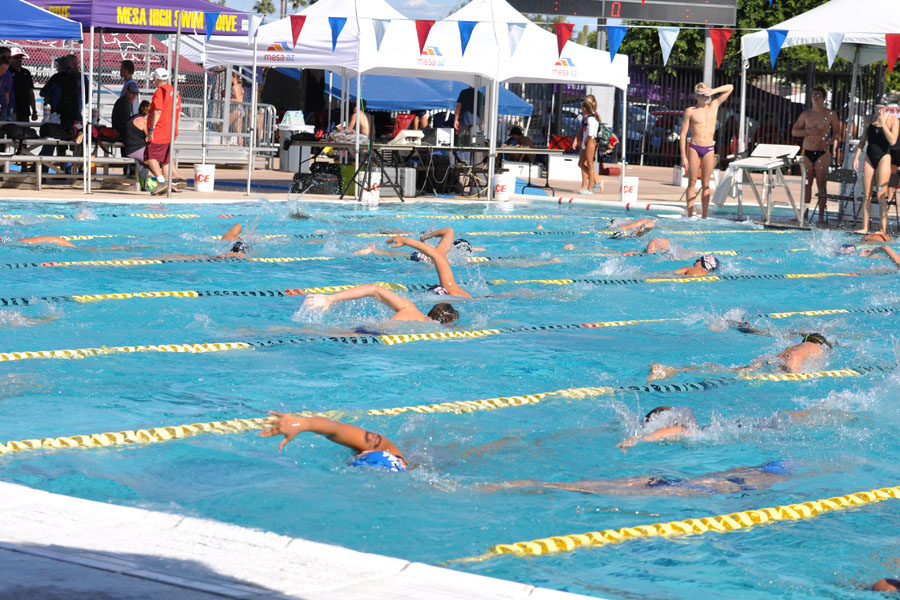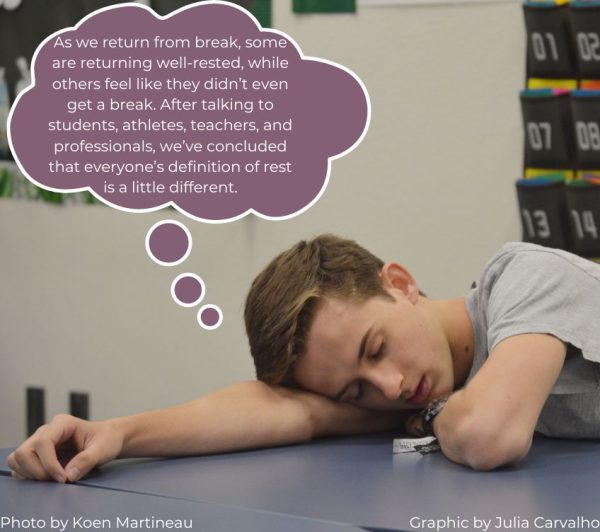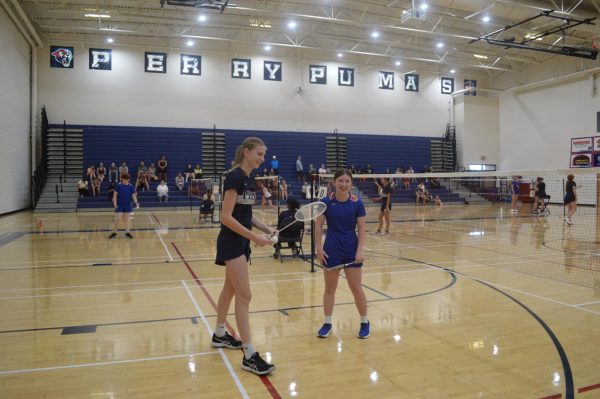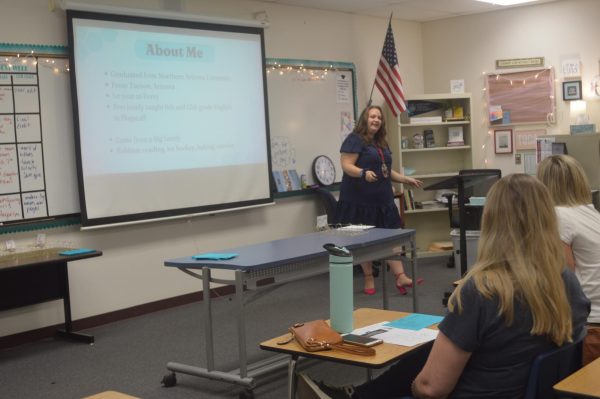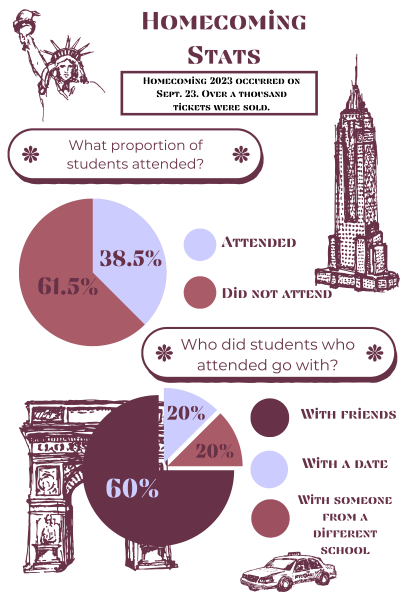Female coaches: evening the playing field
Every year more and more women join the world of sports, but the proportion of female coaches continues to drop.
1972 saw the establishment of Title IX, which required all government funded educational programs and activities to provide equal opportunities to both males and females. At the time, approximately 90 percent of all women’s college teams were coached by women. The number has since dropped to just over 40 percent according to the Tucker Center for Research on Girls and Women in Sport..
Only 4 of the 23 varsity head coaches are female, putting Perry well below the expected proportion at only 17 percent. While this does not include assistant coaches, junior varsity coaches, or freshman coaches, it does show the inequality in higher levels of athletics. The same minority is seen at the University of Arizona and the University of Kentucky.The New York Times speculates this could be due to outside pressure.
Stephanie Carrasco said, “A lot of females are moms, and we tend to want to stay home.” She has been “coaching on and off since 1991” and discussed how she took time off when her kids were young.Women often are encouraged to devote more time to their family instead of a career. While this is becoming less common, the field remains sparse.
Stephanie Carrasco, the head varsity swim coach, said, “I think our sports are more male dominant and that dictates who is coaching them.”
Aside from swim and dive, varsity pom and cheer also have female head coaches. The difference is that both of these currently have all female teams. This contrast is magnified when looking at male teams. Currently, only 3 percent of NCAA men’s teams are currently coached by women.
In a decade of public movements, this is a topic often overlooked. With sports being a world of tradition and regulation, changes require a much harder driving force. Until that occurs, predictions suggest the proportion of female coaches will continue to drop.
Coaches are leaders that have the power to impact a lot of people throughout their lifetime. It is not considered an easy job, but those who do it well can really make a difference.
Carrasco said, “I’m hoping that my impact is to show them that they can be successful no matter what.. [and] to be a good role model.”

Lydia Hampton is a junior news reporter for the Precedent. When she is not working on STEM Scholar schoolwork -- which takes up most of her life -- she...

Laney is a Sophomore at Perry High School. This is her first year on a newspaper staff. She is a Photo Editor and covers movie reviews. She enjoys writing...

